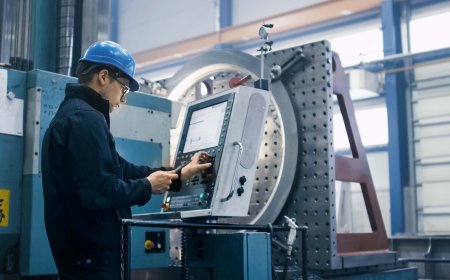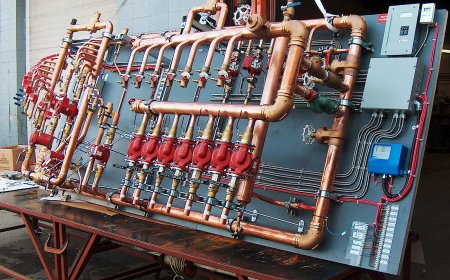- Master the application of Advanced Life Support techniques in cardiac emergencies.
- Perform CPR, defibrillation, and airway management in response to cardiac arrest scenarios.
- Recognize and interpret heart rhythms (e.g., VFib, VTach, Asystole) to administer appropriate treatments.
- Administer emergency medications and manage patient care during cardiac emergencies.
- Receive feedback on response times, CPR quality, rhythm interpretation, and drug dosage accuracy.
imaginX is used by many amazing schools and universities
University / College

























